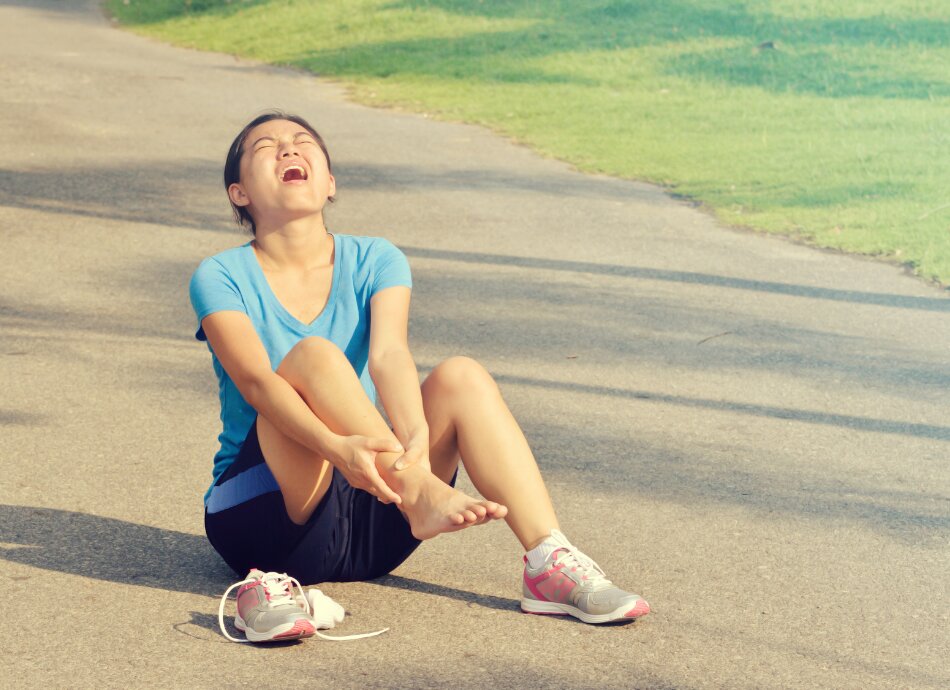Tendinitis can be caused by an overuse injury when playing a sport

- Tendinitis is inflammation of a tendon (iohere) – the tough cord-like tissue that connects a muscle to the bone. The tendon swells, becoming painful and tender.
- You may notice stiffness of the affected joint and muscle weakness. The skin over the area may also feel warm to touch.
- Mild cases of tendinitis can be treated at home and will get better in 2–3 weeks. However, you should go straight to a healthcare provider if you’re in a lot of pain, you can’t walk, or you think you’ve ruptured (or torn) a tendon.
- They are likely to be able to make a diagnosis from talking to you about your symptoms and doing an examination. You may need an X-ray or another imaging technique to rule out other possibilities.
Tendinitis can be caused by an overuse injury. When playing a sport (eg, repetitive jumping or throwing) or by sudden, sharp movements.
It can also be caused by repetitive activities (eg, hairdressing, decorating, typing) or having poor posture when sitting or standing at work. This is also known as a repetitive strain injury (RSI).
Some common names for tendinitis affecting different areas of the body include:
- tennis elbow
- rotator cuff tendinitis (pitcher’s shoulder, swimmer’s shoulder)
- jumper’s knee
- Achilles tendinitis (see image below).
There are some things you can try at home but if you are in severe pain you need to consult a healthcare provider for diagnosis and advice.
Tendinitis responds well to P.R.I.C.E (protection, rest, ice, compression and elevation).
- Protection: Protect from further injury by using a support if appropriate (eg, an injured leg or foot may be protected by limiting weight-bearing through the use of crutches or a walking stick. An injured area could be supported with a sling or a brace).
- Rest: Avoid activities that cause pain for 48–72 hours.
- Ice: Apply ice wrapped in a โปรโมชั่นพิเศษจาก UFABET สมัครตอนนี้ รับโบนัสทันที damp towel (or a bag of frozen peas wrapped in a tea towel) for 20 minutes every 2–3 hours during the day for the first 2–3 days.
- Compression: Use supportive bandages or wraps (eg, an elastic bandage or tubular bandage). But make sure you remove them all before going to bed.
- Elevation: Hold the leg, hand or arm up in a raised position, supported by a pillow.
Avoid H.A.R.M (heat, alcohol, running and massage) for the first few days after the injury as they can make the swelling worse.
- Heat: No hot baths or heat packs.
- Alcohol: Don’t drink alcohol.
- Running: Don’t run or do any other vigorous exercise.
- Massage: Don’t massage the area.
Ask a pharmacist about which pain medication (eg, paracetamol or ibuprofen) is right for you. They can also advise on whether a cream or gel will be helpful.
Once the inflammation (swelling) and pain have decreased, specific exercises can help make the tendon strong and avoid further problems. A physiotherapist can advise you about these.